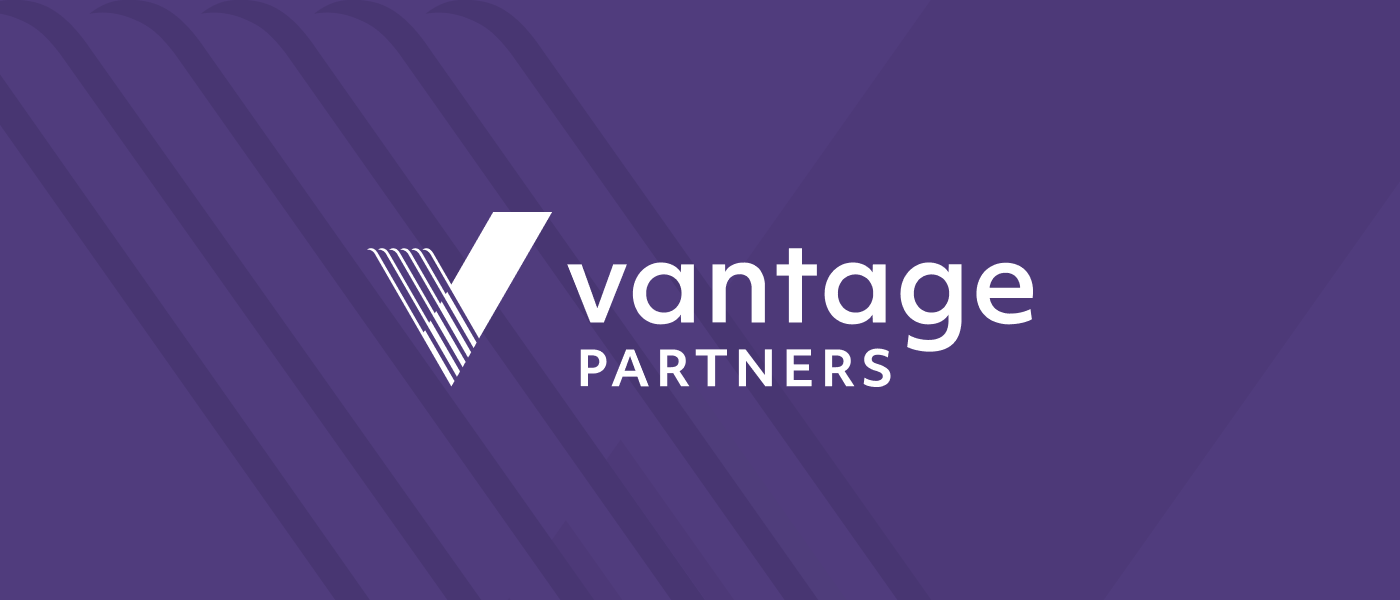
As companies navigate an ongoing economic downturn, operational dislocation, and significant uncertainty about the contours of a future recovery, pressure to reduce costs remains intense.
But procurement and supply chain management groups also need to ensure supply chain continuity, safeguard the viability of key suppliers and retain the ability to pivot, and scale up production and business activity as we come through the current crisis and enter recovery.
In “Negotiating the Economic Downturn”—a Vantage Partners article published in the May 2020 issue of Supply Chain Management Review—Jon Hughes and Ashley Hetrick reprise and update the strategies Vantage shared in 2007-2008 as a playbook for navigating turbulent times.
“Companies face a window of opportunity during which they might be able to lock in supplier pricing that will provide a cost advantage as the economy recovers, while simultaneously cementing preferred relationships with key suppliers," the authors write. "As companies seek an elusive optimality between supply chain efficiency and resiliency, collaborative relationships with key suppliers offer a way to do both, while avoiding painful and unnecessary tradeoffs."
The six supply chain negotiation strategies discussed in this article include:
- Revisiting supplier agreements—and taking a collaborative approach to negotiations
- Assessing and acting to safeguard the viability of critical suppliers
- Streamlining your supply chain
- They introduce an extra layer of cost: When your company was scrambling to keep components coming in the door to meet your customers’ orders, benefits may have outweighed the costs; but now is the time to explore efficiencies through better direct linkage with original equipment manufacturer (OEM) suppliers.
- They complicate and often distort communication between a company and its key OEM suppliers: That often compromises effective demand and capacity planning, thus introducing further cost and supply continuity risk.
- They limit a company's ability to build partnerships with key OEM suppliers, which in turn limits the ability to creatively reduce costs through specification implication or redesign, materials changes, and enhanced joint forecast and demand management.
- Enhancing cross-supply chain collaboration
- Focusing on collaborative innovation
- Becoming a “customer of choice"
This article also appears in the August issue of DILFaktuelt, the magazine of the Danish Procurement and Logistics Forum, featuring additional research on negotiation best practices from global procurement and supply management leaders.
To learn more about maximizing negotiation leverage and value, click here.
.png?width=512&height=130&name=vantage-logo(2).png)


